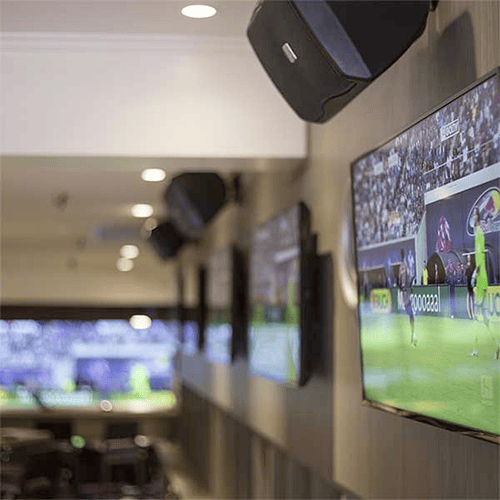Optimal Tactics for Placing Surveillance Cameras to Enhance Surveillance Effectiveness
Optimal Tactics for Placing Surveillance Cameras to Enhance Surveillance Effectiveness
Blog Article

Placing security cameras effectively efficiently is crucial to enhancing surveillance across different environments, such as residences, commercial properties, and public spaces. The main objective of surveillance cameras is to discourage criminal activity and provide evidence in case of events. To achieve this, it is important to consider several factors, including surveillance camera placement, range of vision, as well as the particular areas that require oversight. By comprehending these factors, people as well as organizations can develop a thorough surveillance strategy that maximizes the effectiveness of their surveillance systems.
One of the initial steps in placing surveillance cameras is to identify key areas that need surveillance. High-risk areas, such as entrances, exits, parking lots, and areas with valuable items, must be given priority. It is important to take into account blind spots, that are areas that might not be visible from certain angles. By charting out these critical locations, security staff can guarantee that all nook is monitored, reducing the chances of illegal actions going unnoticed. Additionally, installing cameras at strategic locations can assist form a complete perspective of the premises, allowing for better total security coverage.
The field of a surveillance camera is another important element to take into account. Different types of cameras offer different ranges of vision, which can influence how much area gets recorded in the footage. For instance, broad-view systems can cover larger spaces, rendering them perfect for open areas, whereas pan-tilt-zoom systems can be modified to focus on particular features. When positioning cameras, it becomes important to select the appropriate kind based on the location being monitored. This guarantees that the system can capture clear footage and offer valuable information in the event of an occurrence.
Height and tilt of mounting also have a significant part in the effectiveness of surveillance systems. Cameras should be mounted at a level that remains out of grasp of possible interference but still allows for clear viewing of identifying features and additional identifying features. A common recommendation is mount cameras at least eight look these up to ten ft off the floor. Additionally, the tilt at which the camera remains set can affect its capability to capture important information. Surveillance systems must be tilted to minimize glare and avoid blockages, guaranteeing that they can capture clear footage at all moments.
In conclusion, routine upkeep and improvements to the security system is crucial for long-term effectiveness. This entails inspecting system functionality, cleaning optics, as well as ensuring that software is up to date. Regular evaluations of the monitoring strategy can help identify any additional areas not visible or areas that may need extra coverage. By remaining proactive and making necessary changes, individuals as well as entities can enhance their surveillance effectiveness and guarantee that their surveillance systems continue to fulfill their designated purpose.